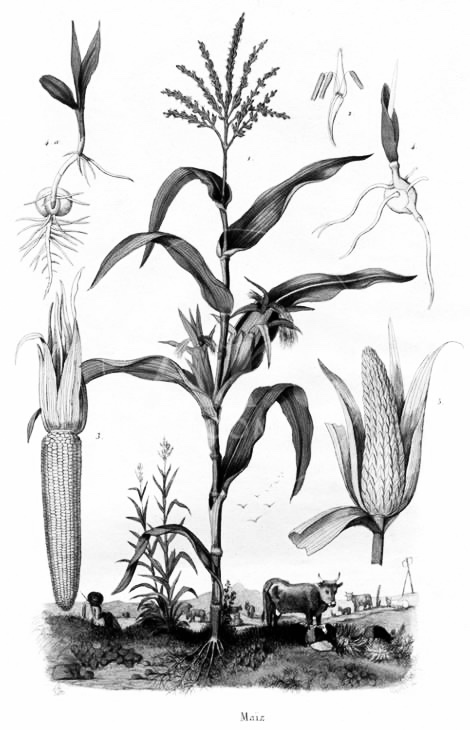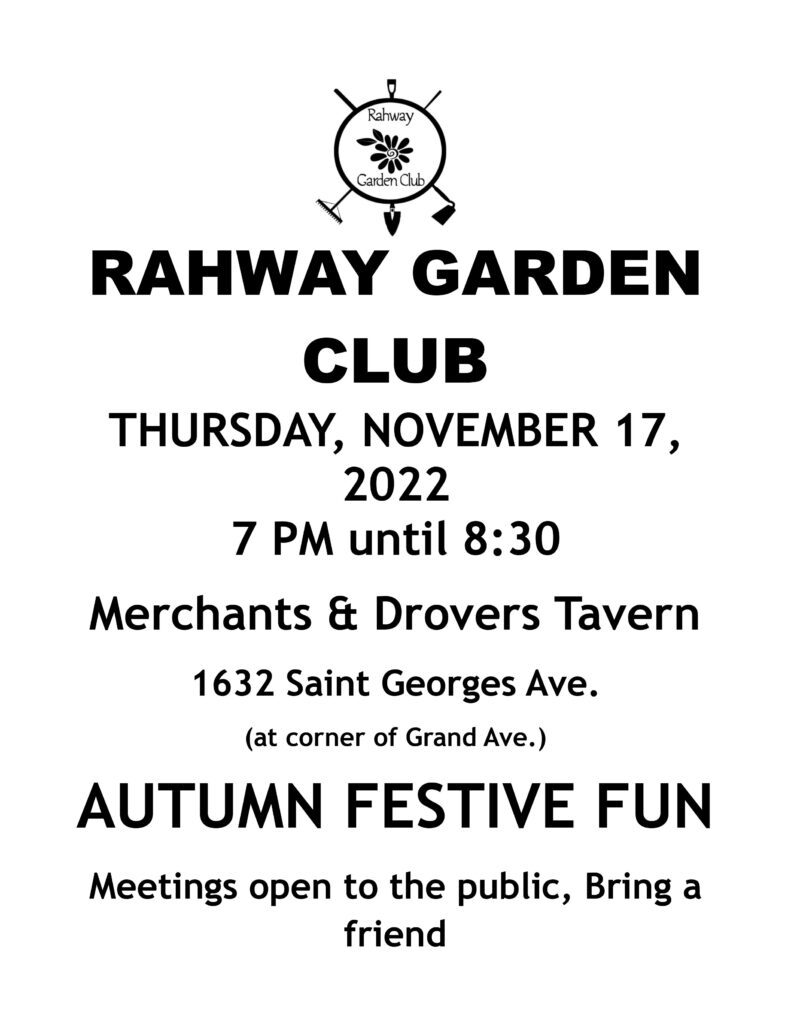
WIND POLLINATION
The plant pollination process describes the vital method of sexual reproduction in plants. It enables a plant to bear fruit and seeds, many of which are not only eaten by humans, but also by other living species from birds to mammals. Birds and mammals may then distribute those seeds to new geographical locations through their droppings.
In some plants, the process of self pollination has evolved. This means a single flower may pollinate itself, or other flowers on the same plant stem.
Nearly all of our common conifers, including pines, spruces, and firs rely on wind pollination, and so do many broadleaved trees, including aspens, cottonwoods, oaks, ashes, elms, birches, and walnuts. Many important trees and crops are wind pollinated, and many of our nut trees and grasses as well. Corn and wheat are both wind pollinated grains.
Here are 5 key differences between insect and wind pollinated plants:
- Unlike insect pollinated plants, wind pollinated plants are not scented, because there is no need to attract insects with scent.
- Unlike insect pollinated plants, wind pollinated plants offer no nectar (nectar is an important food reward for bees and other pollinating insects).
- Wind pollinated plants have small, inconspicuous or dull petals – there is no need to attract insects with bright colors.
- Wind pollinated plants produce a lot of pollen to increase the chances of pollination. It is also very, very light in texture, so that it is easily blown on the wind currents.
- Pollen produced by wind pollinated plants is of very low nutritional benefit to insects. It has low protein content, and usually will only be gathered by them when other pollen sources are scarce.
The pollen of this plant group of plants is most frequently associated with symptoms of hay fever among those sensitive to pollen allergies.
Wind pollinated plants are very important to our survival and are used to make a huge proportion of the staple foods we eat, such as bread, pastry for pies, cornflakes and so on.
Because the pollen is so light, it is possible that it can be picked up by passing insects like bees. As bees fly through the air, their bodies become positively charged with static electricity. Pollen in the air can thus stick to the furry coat of the bee, but unless the bee lands on a female part of the same flower species, this doesn’t help the plant.

A BRIEF HISTORY OF CORN
Ancient farmers took the first steps in growing corn when they chose which kernels to plant. Corn comes from a wild grass plant called teosinte in central Mexico. The history of modern-day corn begins about 7,000 to 10,000 years ago. Ancient corn still growing in Mexico today. Native Americans brought corn up the Mississippi River. The earliest corn plant was very small, but after periods of breeding by Native Americans, settlers, and scientists, the corn plant has changed into the corn we know today. Native Americans found out that corn grew well in Iowa’s soil and could be worked easily worked with bone hoes and wooden digging sticks. Modern Iowa farmers produce a bushel of corn with only six minutes of man-labor. Native Americans spent about twenty hours of man-labor on each bushel.
In the Pioneer days, women spent most of their time growing, preserving, and preparing food. Corn could be prepared in many different ways, such as Johnny cakes, hominy, corn bread, and cornmeal mush. Hand-picking corn was still the hardest job on the farm. It started in October and it might take the whole family several cold months to finish.
Scientists discovered that allowing the pollen from one corn plant to pollinate itself created an inbred plant with special characteristics. This plant was called a hybrid, which had some unique traits, such as a higher yield or resistance to insect pests. Even though hybrid corn cost more to produce, farmers liked the improved yield, and hybrid corn became popular across the Corn Belt. In 1933, less than 1% of all corn raised in Iowa was hybrid corn. Just nine years later, in 1942, virtually 100% of all corn raised in Iowa was hybrid corn.
Three acres of hybrid corn produces the same amount of corn as four acres of old-fashioned corn, so farmers could grow more corn on their land. Hybrid corn stands up well, so it is easier to harvest with a machine. The old-fashioned corn had stalks and roots that were weak, and they “blew down,” so it was hard for machine pickers to harvest the corn.
Today corn grows on every continent except Antarctica and corn is an ingredient in more than 4,000 everyday grocery items. A single bushel of corn can sweeten about 400 cans of soda.
In an average year, Iowa produces more corn than most countries. If Iowa were a country, it would rank 4th in corn production.
Iowa livestock consumes 292 million bushels of corn a year.
In 2012-2013, the USDA estimated 4.5 billion bushels of corn in the US would produce 14 billion gallons of ethanol.
The Iroquois and the Cherokee planted corn, bean, and squash in a method known as “the three sisters” because they nurture each other like family when planted together. These agriculturalists placed corn in small hills planting beans around them and interspersing squash throughout of the field.
The first Thanksgiving was a celebration for the first successful corn harvest by the Pilgrims, ensuring their survival though the winter months.
*Information in this article was gleaned from several sources including the USDA and The History Channel.
Happy Autumn,
James
